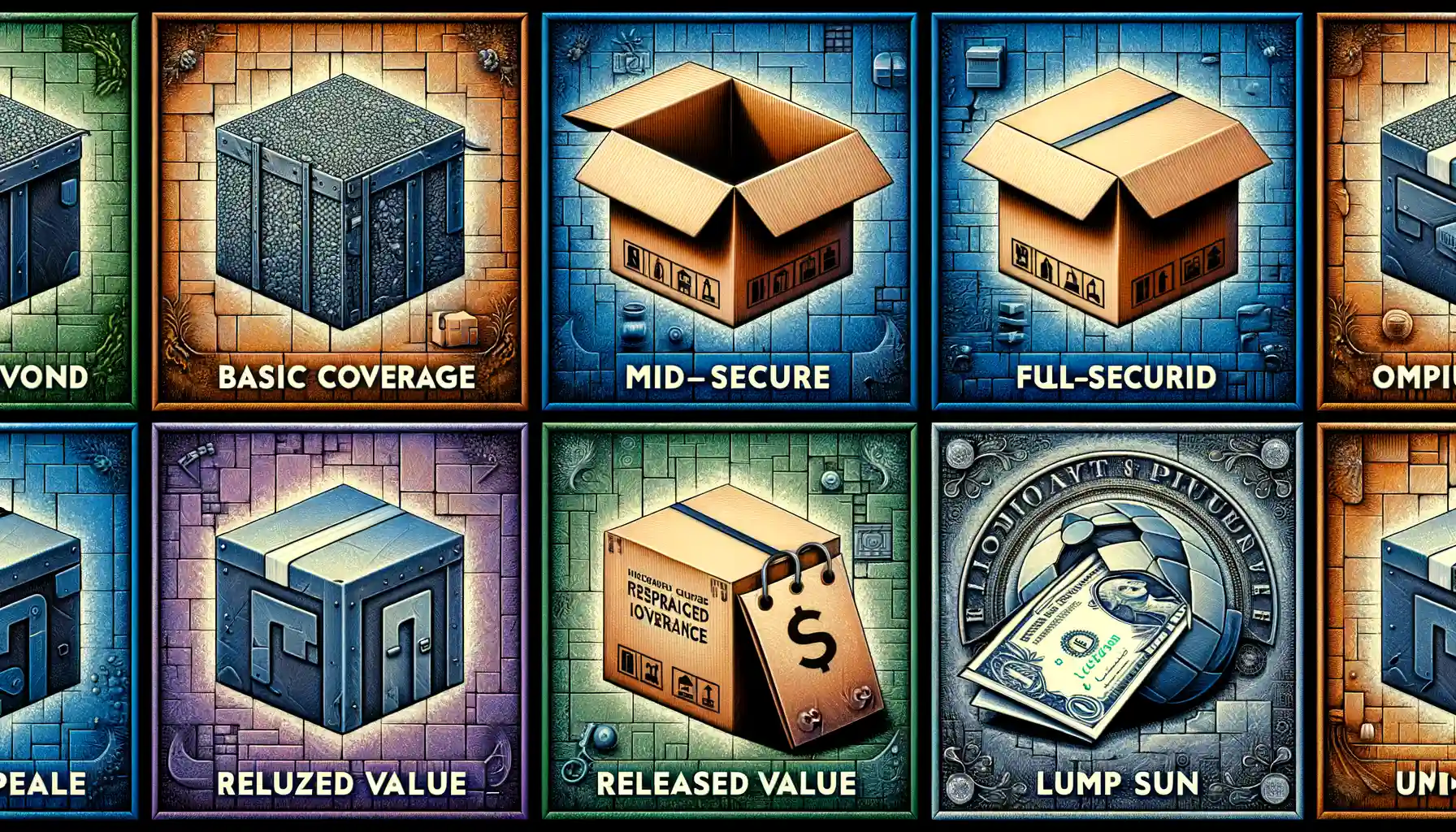Understanding the Importance of Moving Insurance
Why Skipping Moving Insurance Could Be a Costly Mistake
Imagine this: your cherished antique mirror, the one passed down from your grandmother, arrives at your new home shattered into a thousand pieces. Or, worse yet, an entire box of valuable electronics vanishes into thin air during the move. These aren’t just things—they’re pieces of your life, each carrying its own story. That’s why moving insurance isn’t just an afterthought; it’s your safety net in the chaos of relocation.
Let’s face it—moving is unpredictable. Even the most careful moving companies can’t guarantee smooth sailing when bad weather, road accidents, or human error enter the mix. Without the right protection, you’re left footing the bill for damage or loss.
Here’s the upshot: moving insurance ensures peace of mind. And it’s not just about covering financial losses—it’s about holding onto memories. A scratch on your brand-new dining table or a missing family photo album? These details matter.
- Protect high-value items like furniture, electronics, and artwork.
- Cushion yourself against unexpected hiccups during transit.
- Minimize stress—because an insured move is a smoother move.
Trust me: investing in insurance is the ultimate way to safeguard your belongings—and your sanity.
Types of Insurance Coverage for Your Move

Understanding Full Value Protection
Imagine this: your prized vintage lamp, the one that’s been in the family for three generations, arrives at your new home cracked beyond repair. Heartbreaking, right? This is where Full Value Protection steps in. With this comprehensive coverage, your moving company is responsible for either repairing the item, replacing it, or compensating you with its market value. It’s like having a safety net specifically tailored for your most cherished belongings.
However, full protection often comes with a higher price tag—and not all items are automatically included (think jewelry or antiques). Be sure to comb through the fine print like you’re uncovering a treasure map.
Released Value Coverage: A Basic Option
For those saving for more than just packing tape and boxes, there’s Released Value Protection. It’s free, but here’s the catch—your goods are valued at a paltry $0.60 per pound. That means if your sleek flat-screen TV tumbles off the truck, you might only get enough to repair a toaster.
Here’s a quick snapshot of coverage types:
- Custom Insurance: Ideal for high-value items not fully protected under other policies.
- Homeowner’s Policy Add-Ons: Some home insurance plans extend coverage during moves—double-check!
Your move deserves more than crossing fingers and hoping for the best! Let insurance provide the peace of mind you need.
How to Choose the Right Moving Insurance

Understanding Your Valuables and Their Risks
Choosing the right moving insurance feels a bit like picking out the perfect umbrella before a storm—you want to stay dry, but which one will actually keep you covered? Start by taking an honest look around your home. Do you have priceless family heirlooms? Electronics that cost more than your first car? Or maybe that beloved couch you swear is the comfiest thing in existence?
Ask yourself: *What items can I not afford to lose or replace?* This is key because different insurance types protect different things. For example, a basic policy might cover only the weight of a damaged item (yes, they calculate value by pounds!), whereas full replacement coverage ensures you’ll get what it’s truly worth.
Questions to Ask Before You Commit
Before you sign anything, quiz your moving company like you’re on a first date! Will their policy cover natural disasters? What about items you pack yourself? And, crucially, do they ensure fair reimbursement or just a cheap payout? If you’re unsure, it’s often worth adding third-party insurance for peace of mind. After all, moving is stressful enough—your protection shouldn’t leave you guessing.
Benefits of Insuring Your Belongings During a Move

Peace of Mind When the Unexpected Happens
Imagine this: your favorite antique vase, the one passed down from your grandmother, boxed up with care, only to arrive shattered at your new home. It’s a heart-dropping moment no one wants to experience. This is where moving insurance saves the day. By insuring your belongings, you’re not just investing in financial coverage—you’re buying peace of mind.
Life throws curveballs. Moving day can be unpredictable even with the best planning. What if the moving truck hits a bump in the road? Or someone accidentally drops your flat-screen TV? With the right insurance, these “what-ifs” turn into manageable situations instead of full-blown disasters. You don’t have to stress; you’re covered.
- Financial protection: From minor scratches to major damage, insurance helps cover repair or replacement costs.
- Less emotional toll: Knowing your cherished items are protected reduces anxiety during the chaotic moving process.
- Flexibility: Tailored policies let you insure high-value belongings like jewelry, artwork, or electronics.
Save More Than Money—Save Your Memories
Some things are more than objects—they’re pieces of your life story. That photo album from your wedding, the heirloom watch ticking with history—these aren’t easily replaced. With insurance, there’s security in knowing that even if the unthinkable happens, you’ll get proper compensation to repair or replace what matters most.
Think of it this way: moving without insurance is like skydiving without a parachute. Sure, you might land fine—but why take the risk? Protect yourself, your wallet, and the memories wrapped up in every box for a move you’ll remember for all the right reasons.
Steps to File a Claim for Damaged or Lost Items

When Things Go Sideways: Starting Your Claim Journey
Let’s be honest—damaged or missing belongings during a move aren’t just inconvenient; they can feel like someone ransacked your life’s keepsakes. If you’ve got moving insurance (a big high-five for planning ahead), filing a claim is where the magic of protection becomes real. Here’s how to do it without pulling your hair out:
- Document the damage immediately. Unpack with your camera ready! Snap photos of broken items, damaged packaging, or even that suspicious tear in the box. The more visual proof, the stronger your case.
- Gather receipts or evidence of value. Can’t find the receipt? Check online purchase histories or bank statements. A picture of the item (pre-damage) works wonders too.
- Contact the insurance provider ASAP. Seriously, don’t procrastinate. Most providers have time limits for filing claims, so hop on it like your favorite podcast just dropped a new episode.
Polishing Off Your Claim Like a Pro
Now comes the follow-through. Once you’ve submitted the claim, stay organized. Keep copies of all paperwork and make notes of phone conversations. Need a tip? Use your email inbox as your “claim timeline.” And don’t hesitate to nudge the provider if they go radio silent—your valuables deserve resolution, not limbo.
